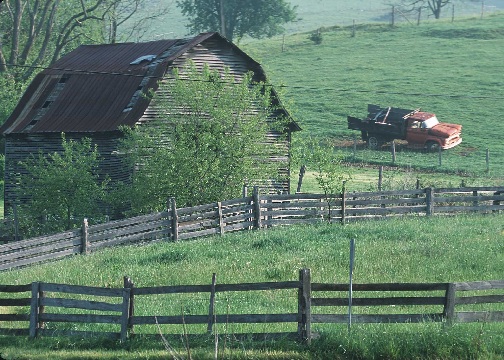Range & Pasture

Range and pasture lands are diverse types of land where the primary vegetation produced is herbaceous plants and shrubs. These lands provide forage for beef cattle, dairy cattle, sheep, goats, horses and other types of domestic livestock. Also many species of wildlife, ranging from big game such as elk to nesting song birds such as meadowlarks, depend on these lands for food and cover.
Primary economic outputs include livestock production, but wildlife values are also a major economic consideration for these lands, especially range lands. Environmental values of these lands are extensive and provide many essential ecosystem services, such as clean water, wildlife and fish habitat, and recreation opportunities. Scenic, cultural, and historic values of these lands provide not only economic benefits, but also quality of life values cherished by many.
Range and pasture lands are located in all 50 states of the US. Privately owned range and pasture lands makes up over 27% (528 million acres) of the total acreage of the contiguous 48 states, and these lands constitute the largest private lands use category, exceeding both forest land (21%) and crop land (18%).
Other Grazing Lands
Most grazing lands are considered either range or pasture, but grazing lands also include grazed forest lands, grazed croplands, haylands, and native/naturalized pasture. These other land use types make up an additional 106 million acres of privately owned grazing lands, or about 17% of the total U. S. grazing lands. These other types of grazing lands provide a significant forage resource for U. S. livestock production.
Range and Pasture Technical Resources:
 Ecological Sites comprise a land classification system that describes vegetation, ecological potential, and ecosystem dynamics of land areas. They are used to stratify the landscape and organize ecological information for the purpose of monitoring, assessment, and management. Ecological Sites are the basic unit of land classification for range lands.
Ecological Sites comprise a land classification system that describes vegetation, ecological potential, and ecosystem dynamics of land areas. They are used to stratify the landscape and organize ecological information for the purpose of monitoring, assessment, and management. Ecological Sites are the basic unit of land classification for range lands.
Forage Suitability Groups (FSGs) are used to classify pasture lands. FSGs are comprised of groups of soils and ecological sites having similar potentials and limitations for forage production.
Technical References
Grazing Lands Conservation Initiative (GLCI)
 GLCI is a nationwide consortium of organizations and agencies working together with NRCS to maintain and improve the management and health of the nation's grazing lands. Find out more about GLCI...
GLCI is a nationwide consortium of organizations and agencies working together with NRCS to maintain and improve the management and health of the nation's grazing lands. Find out more about GLCI...
Review the GLCI Strategic Plan
See the current GLCI Newsletter
Visit the GLCI website